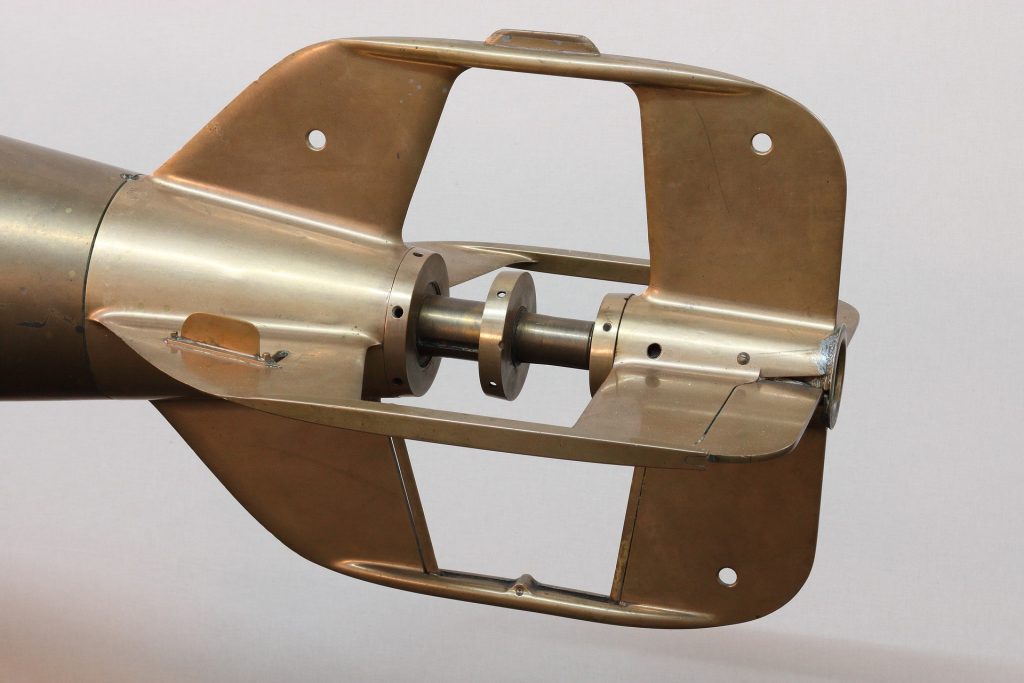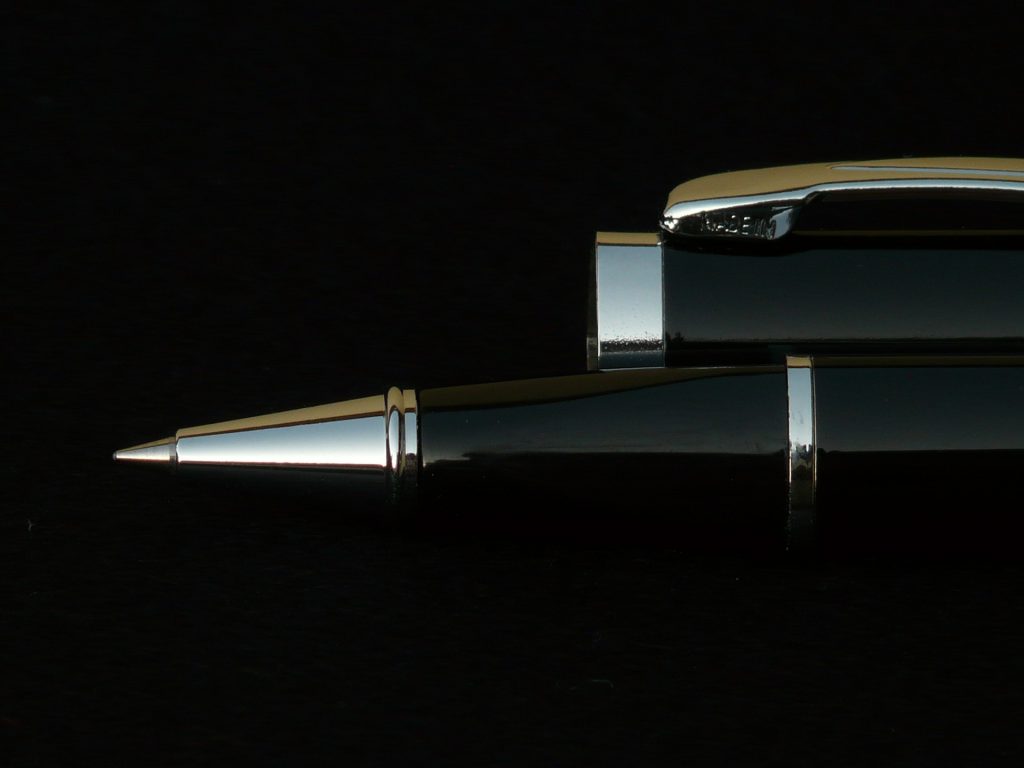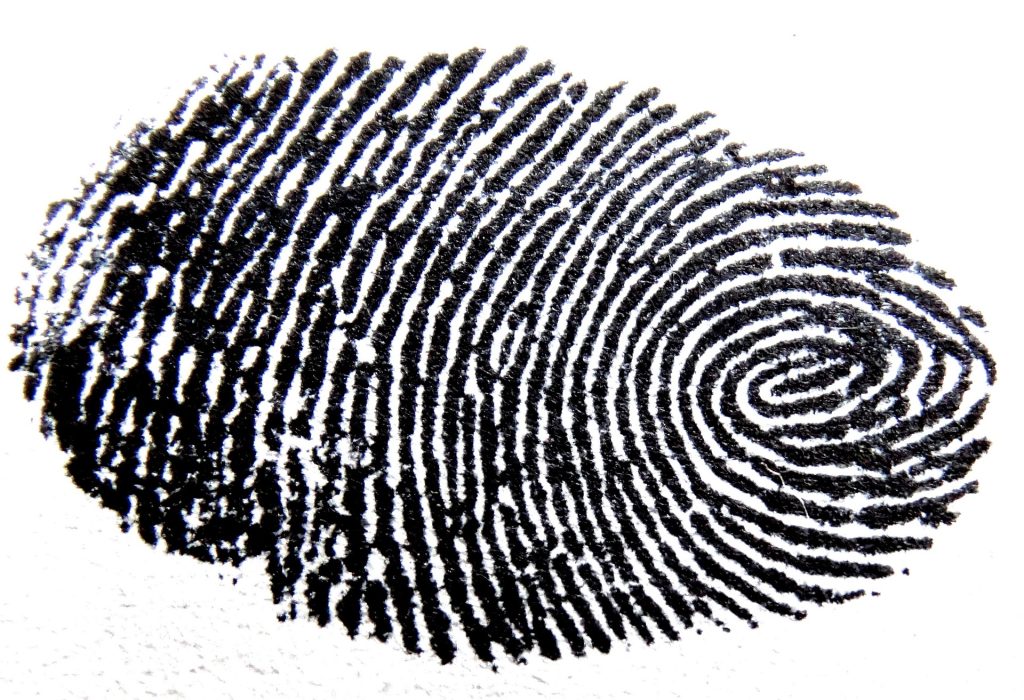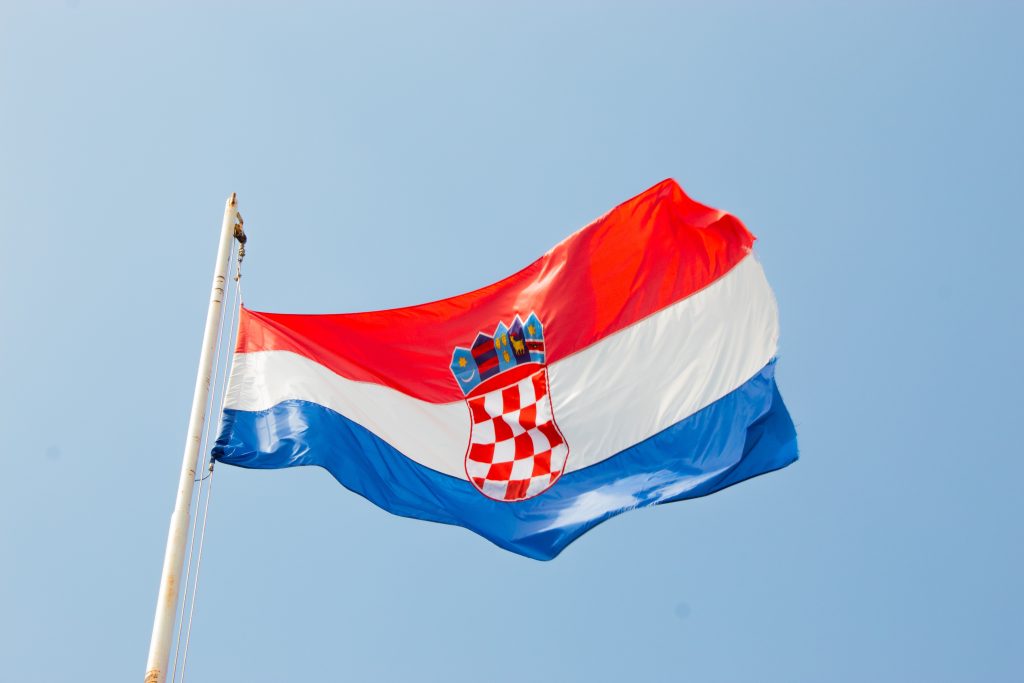November the 13th, 2023 – When you think of Croatia, you probably think of the gorgeous coastline, Adriatic Sea, quaint little fishing villages and 1000+ islands. What probably doesn’t spring to mind are Croatian inventions. From weaponry to medicine, here are five which might just surprise you.
The torpedo

You’re more likely to think of industrial heritage, Trsat castle and the vicinity to beautiful Opatija when you think of Rijeka, and not so much of heavy duty weaponry. A city like Rijeka logically needed to come up with a plan for how to defend its very expansive piece of coastline, and so, back in the 1800’s, a man named Ivan Luppis began to ponder. Being a retired naval officer, Luppis knew what was what when it came to all things marine, and realised that what was needed was a weapon that could defend at long ranges. Then he met Robert Whitehead, a British engineer who presided over a steam ship manufacturing enterprise, based conveniently in Rijeka. The pair became acquainted, and now Luppis had the means to make what he had coined his “coastal saviour” a firm reality. Whitehead was intrigued by Luppis’ imagined weapon, and named his prototype the torpedo. By the time 1866 had rolled around, tests were being extensively carried out. By 1943, this Rijeka-based factory was manufacturing over 100 torpedos on a monthly basis. Luppis’ idea had now become much more than that, and he had indirectly positioned Rijeka as a place known far and wide for its top engineering capabilities. Whitehead’s Rijeka company declared bankruptcy back during what were very turbulent times for Croatia – the 1990s – but Rijeka’s reputation for the creation of an imposing weapon remains intact.
The ballpoint pen

Not long ago, I wrote about the rather remarkable naturalised Croatian inventor Slavoljub Penkala, known for creating the mechanical pencil and the solid ink fountain pen. His most famous invention of all is the type of pen we all use daily (well, most of us anyway) – the ballpoint pen. This staple of every classroom, pen pot, handbag and car glove box is one of the most commonly used of all Croatian inventions. While not quite as menacing as the torpedo, the pen is mightier than the sword, as they say, and we’ve got Penkala to thank for its existence. The Penkala factory sold these ballpoint pens in seventy countries around the globe.
The tungsten light bulb

Franjo Hanaman was a Croatian chemist, inventor and engineer from Drenovci who, while not being as well known as the likes of Slavoljub Penkala and of course Nikola Tesla, has a well-earned place on the map. Working alongside Alexander Just in the Austrian capital of Vienna, he gained international recognition for his creation – the very first applied electric light bulb with a metal filament. Coming from extremely humble beginnings, more specifically a Slavonian village in the 1800s, many expected the young Hanaman to be “just another brick in the wall” as it were, living out his days working a back-breaking agricultural job in the monotonous fields of eastern Croatia. Instead, he and Just were granted the Hungarian Patent #34541 in 1904, and global recognition for this most interesting of Croatian inventions ended up being his destiny instead.
azithromyacin (a type of antibiotic)

If you’ve ever spent any time around Croatian pharmaceuticals or have bothered to look at the writing on a box of just about any medication in Croatia, you’ll likely have seen the name Pliva. Pliva is still an enormous name in Croatia to this very day, and one of the things it is most famous for is one antibiotic in particular – azithromyacin. Ever heard of the Croatian cure all? I’m not talking about rakija and closed windows, but about Sumamed, the active ingredient in this antibiotic. A group of Croatian scientists working for Pliva synthesised this medication, which functions as a wide-spectrum antibiotic, capable of treating an array of bacterial infections and remaining within the body for quite extended periods of time. Of all the Croatian inventions that will help you in your time of need, aside from a shot of medica and a clove of garlic of course, you can count on azithromyacin.
Dactyloscopy

You can blame Hvar-born Ivan Vučetić for you failing to get away with robbing that bank. Born in 1858 on the aforementioned central Dalmatian island but known for being a naturalised Argentinian, Vučetić is one of the founders of fingerprinting. Working as a police officer in Argentina, where he lived after emigrating from Croatia several years earlier, he started out this venture on the basis of what British polymath Francis Galton had done before him. Expanding on Galton’s ideas quite extensively, Vučetić was appointed the director of the Buenos Aires Dactyloscopy Centre, where his developments in the field continued. By the time the late 1800s rolled around, his fingerprinting methods were employed to solve cases which would otherwise never have been. His method of classification in fingerprinting spread gradually across the rest of the world, being used by police forces from the Americas to Europe and beyond.











